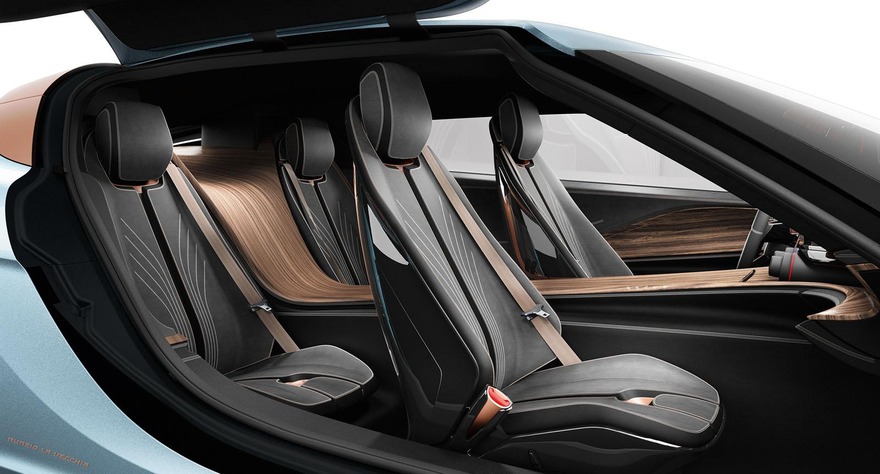A 900-hp limousine was unveiled in Geneva. The concept of the nanoFlowcell Quant e-Sportlimousine comprises energy storage technologies based on the latest achievements in quantum chemistry. No development secrets were revealed; however, it is known that four electric motors (one for each wheel) deliver not less than 900 hp in total and almost 3,000 Nm of torque. Although the hypercar weighs 2,300 kg and is 5.3-metres long, it is able to sprint to 100 km/h in just 2.8 seconds.
The creators for the nanoFlowcell AG have plans to certify this vehicle in the nearest future as there is going to be a production run of cars powered by such technology.
The designers point out that they were trying to combine the values of traditional electrochemical batteries and engines powered by hydrogen fuel cells in this car. The limousine generates electricity as a result of chemical reactions conducted with the help of solutions stored in two inbuilt 200-liter tanks. There are no batteries here in a usual sense. The car uses supercapacitors instead. However, they provide a range of 400–600 km.










